The Mazda RX-7 was decisive for the future of the Japanese car manufacturer Mazda. Thanks to the RX-7, Mazda gained millions of extra fans worldwide. The RX-7 debuted in 1978 and became Mazda’s first mass-produced sports car. It eventually became the best-selling rotary engine car in history. The car also drove the brand’s success on the race tracks to unprecedented heights.

Howl
The distinctive howling of the RX-7 twin-rotor engine reverberated on the race tracks in Europe and beyond from the start of production. The RX-7 won the British Saloon Car Championship in the 1,600 – 2,300 cc class in 1980 and 1981 and demonstrated its reliability by being the first to see the checkered flag at the Spa 24 Hours, also in 1981.
It was also successful elsewhere: in the U.S., the RX-7 won more than 100 IMSA races, more than any other model of any brand, and dominated the GTU class (up to 2,500 cc), including Daytona’s 24 Hours, for unparalleled twelve consecutive years (from 1982 to 1993). The RX-7 also proved itself in the Australian Endurance Championship, winning it from 1982 through 1984, as well as the Bathurst 12 Hours (1992-1995).
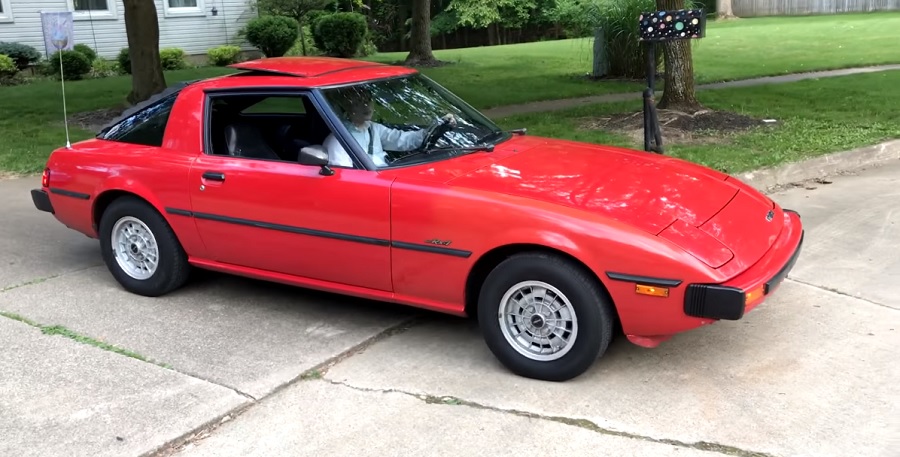
Success on the track
This extensive experience gained from racing the RX-7 would culminate in the 710 horsepower Mazda 787B with four rotors, which in 1991 shocked the piston-dominated racing world by taking victory during the illustrious 24 Hours of Le Mans. It remains the only victory of a car without a piston engine and undoubtedly one of the most memorable moments in the history of the rotary engine.
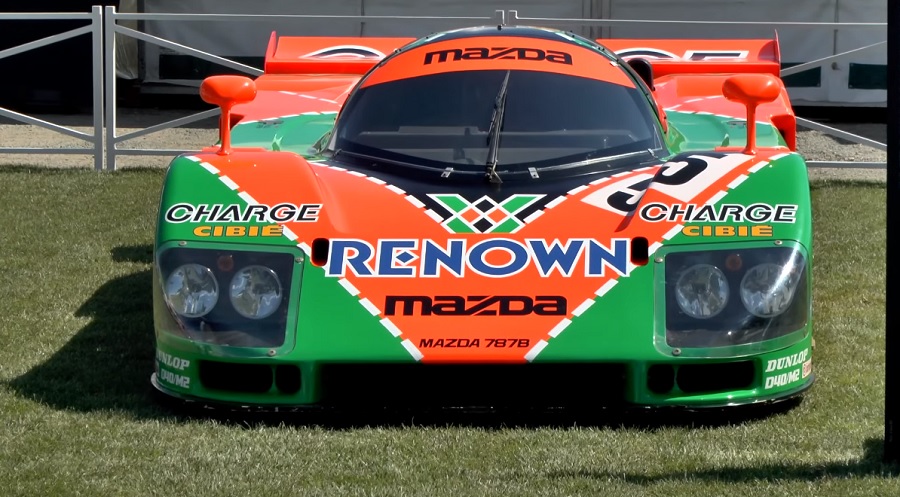
Oil crisis
The performance was special, as the future of the rotary engine was not bright when Mazda started developing the RX-7. The automaker had offered rotary engines in most of its models until the 1973 – 1974 oil crisis, when skyrocketing fuel prices knocked out spicy but thirsty power sources among consumers. Mazda decided to drop the engines for most sedans, hatchbacks and station wagons and might have done it completely, just like any other car maker were it not for the then head of R&D, Kenichi Yamamoto, who argued and argued how crucial a distinctive engine like the rotary engine was for the company.
Slim, low coupé
Yamamoto, who led a team of engineers who developed Mazda’s first rotary engines in the 1960s, wanted to overhaul the existing 12A engine and significantly improve fuel economy. His team added more durable apex seals, a sensitive spot in the engine and improved lubrication. Then they helped design the ideal vehicle for it. Small and light, yet smooth running, powerful and with high revs, the rotary engine was perfectly suited for a sports car. The RX-7, a sleek, low coupé with a wedge-shaped nose, was built especially for this engine.
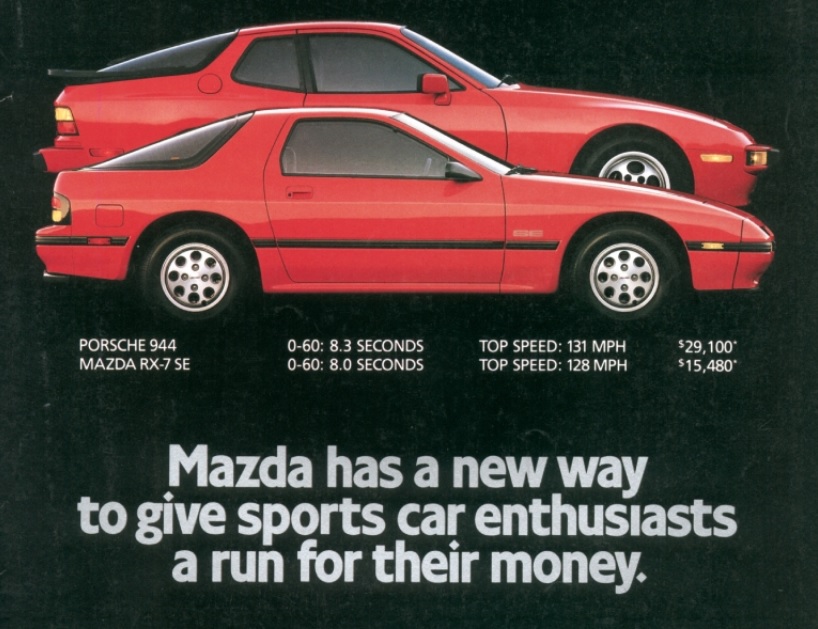
The creation of an icon
The first RX-7 generation (the FB platform), which went on sale in Japan in 1978 and arrived in Europe the following year, was an outright sensation. With a curb weight of just over 1000 kg, the 12A’s with 100 – 135 hp (depending on the market) went a long way in terms of performance. The layout of the front-mounted mid-engine (the compact engine was behind the front axle) and the rear-wheel drive with near-perfect weight distribution also provided great cornering ability. The aerodynamic RX-7 did well in its price range and was a lot of fun to drive and created a special bond between driver and car. In Japan, there was a 160 hp turbo version of the 1,146 cc twin-rotor 12A, while North America received a slightly larger 13B power unit with fuel injection.
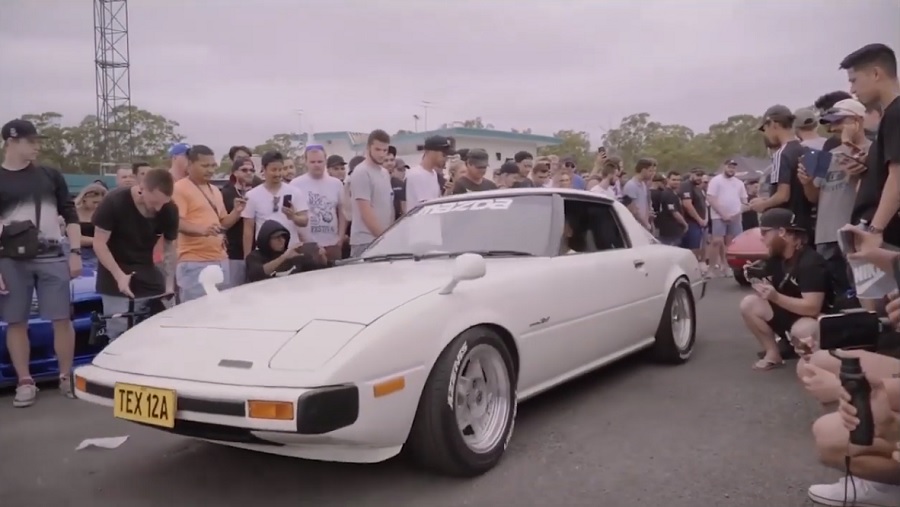
Twin-scroll turbo version
The second-generation RX-7 (FC), introduced in 1985, featured a Porsche-inspired design and a number of performance-enhancing improvements such as Mazda’s DTSS (Dynamic Tracking Suspension System) and turbocharging. Forced air intake, it turns out, is well suited for rotary engines thanks to their exhaust flow characteristics and is quite effective for increasing mid-range torque. The 1.3 liter 13B was now the standard engine for all markets and although the RX-7 would initially be offered in Europe with an 150 hp engine, a 180 hp and a 200 hp twin-scroll turbo version would follow. The most powerful model achieved a time of 6 seconds from 0 – 100 km/h (62 mph) and a top speed of 240 km/h (149 mph).
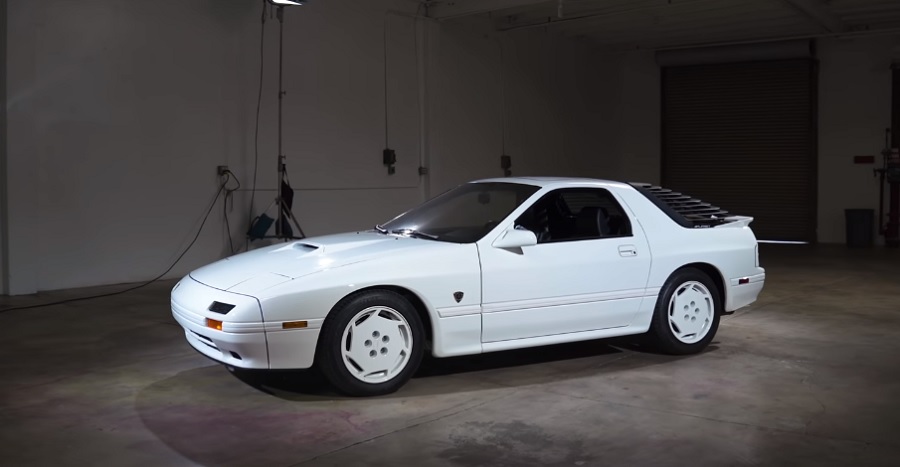
Sequential double turbocharger
The third and last generation (FD), which arrived in 1992, was a real ‘performance car’. A new sequential twin turbocharger increased the power of the latest 13B engine to 239 hp on the European version. According to fans, the FD had the best handling of all RX-7s and could sprint in 5.3 sec from 0 – 100 km/h (62 mph) and the 250 km/h (155 mph) top speed (limited) the 1,300 kg heavy two-seater in a class with premium sports cars, fitting for a brand that had just won Le Mans. Unfortunately, sales of the RX-7 were halted in most of Europe in 1996 due to emissions regulations, although Mazda continued to manufacture cars for right-hand drive markets, increasing power to 280 horsepower on later models only in Japan.
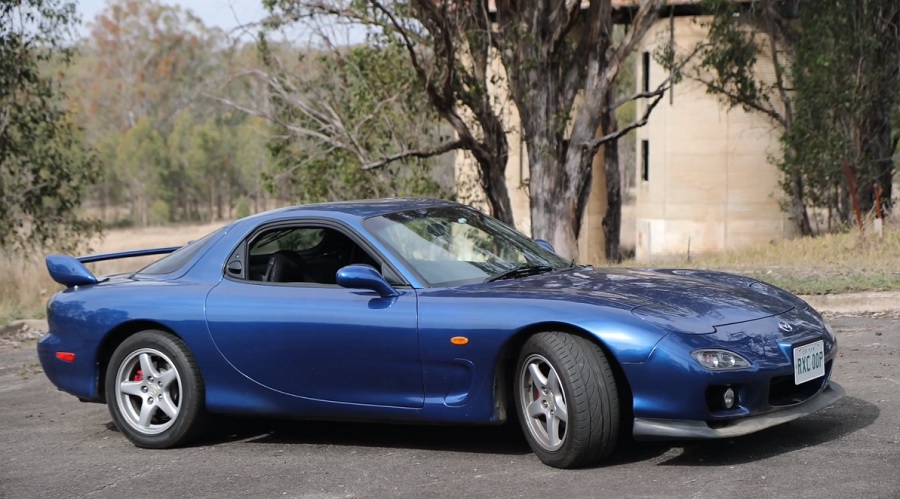
The end of RX-7
2002 marked the end of one of the most exceptional sports cars in history. A total of 811,634 units were produced between 1978 and 2002, the vast majority of all rotary engine models. During that period, modified versions of each generation set land speed records in their class at the Bonneville Salt Flats in the U.S. in 1978 (FB, 296 mph), 1986 (FC, 383.7 mph), and 1995 (FD, 389 km / h).
RX-8
The RX-7’s spirit lives on. In the Mazda RX-8, which followed in 2003 and by laying the foundation for many technical innovations to come. Including hydrogen powered Mazda’s with rotary engine, such as the RX-8 Hydrogen RE, which ran on H2 or petrol and the Mazda Premacy Hydrogen RE Hybrid, an MPV with an electric motor and a dual-fuel rotary engine. Later, Mazda developed a prototype Mazda 2 EV with a small single rotor motor used as a range extender. A similar system will find its way into the Mazda MX-30, the all-new all-electric crossover SUV, arriving at dealers this fall. In time, it will optionally receive a range extender, which is a… Wankel engine.
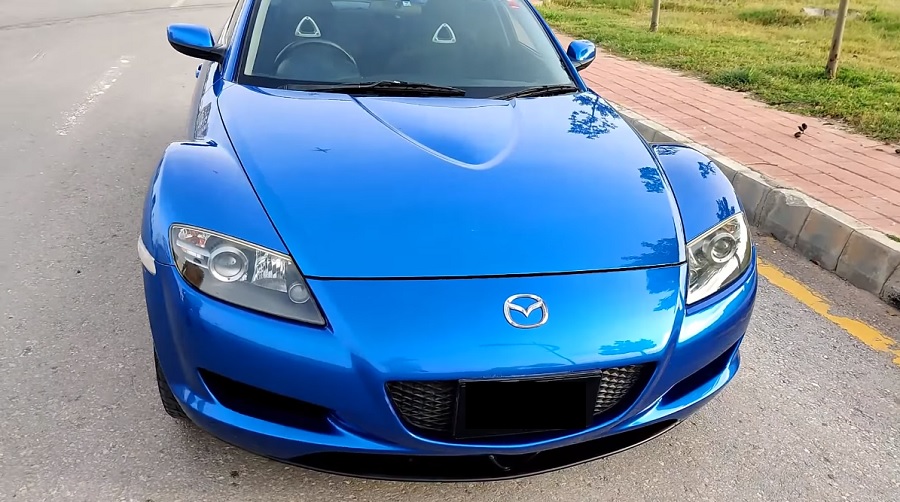
Expertise
Especially among enthusiasts, the RX-7 remains the icon of sports cars with a rotary engine and even production cars with this engine. With the RX-7, Mazda has made great strides in lightweight engineering, sporty design and driving pleasure, expertise it has applied and developed for every current Mazda model. As the vehicle that arguably best embodies Mazda’s reputation and dedication to the unconventional, the RX-7 continues to influence designers and engineers working on the Mazdas of tomorrow.









